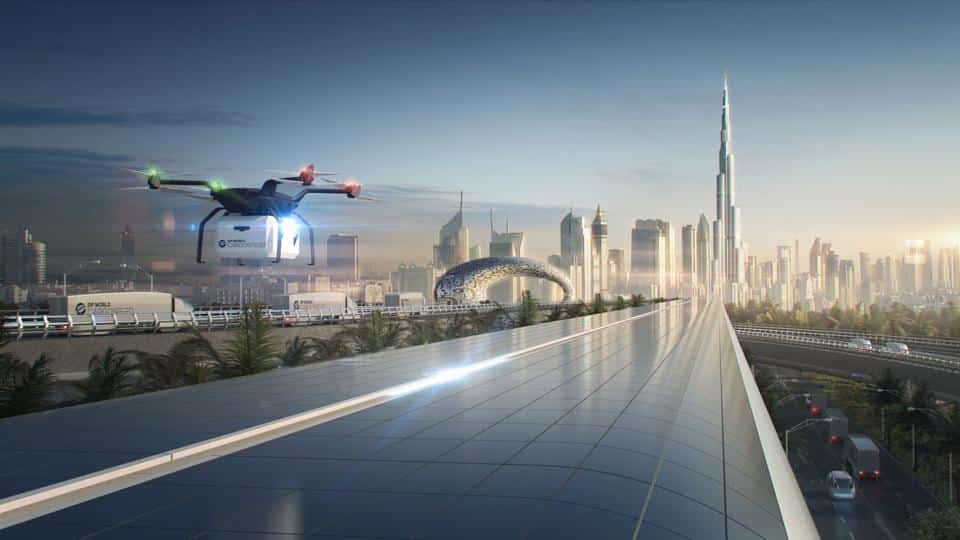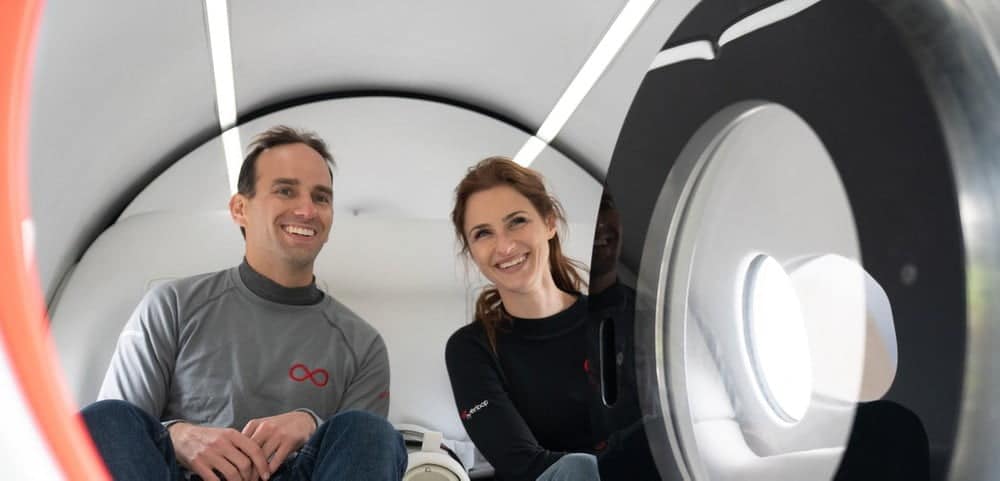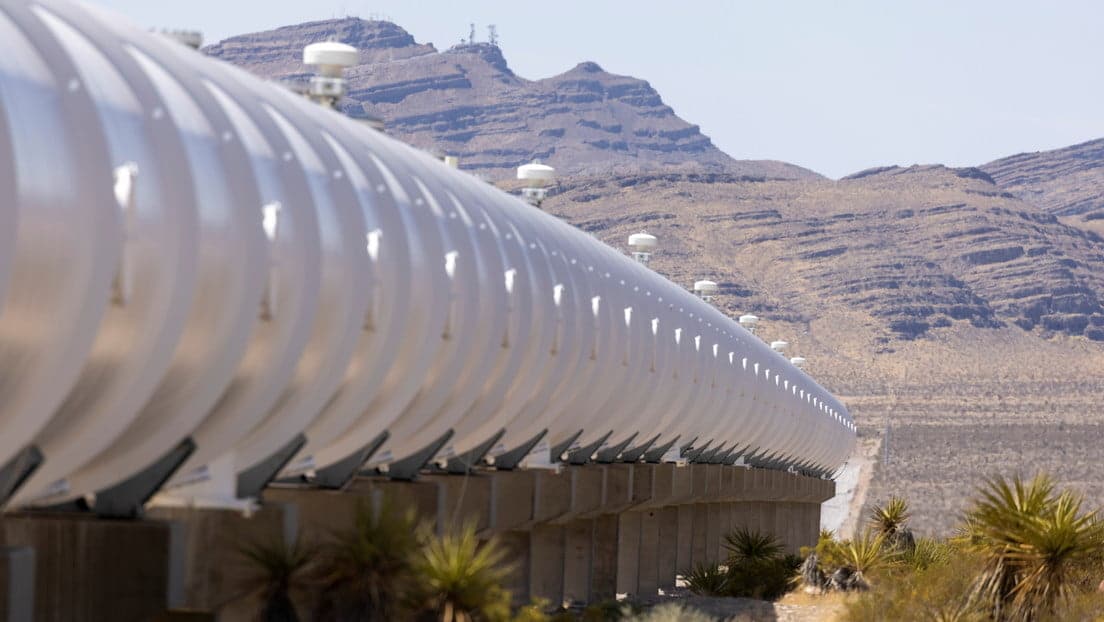Magnetic cabins traveling through a series of tubes sound like a science fiction movie, right? What if we could use them for mass transit?
This is the question that has given rise to all Hyperloop shipyards in the world. In particular, virgin hyperloop plans to carry out the first commercial trips by 2027.
He told the Reuters on co-founder and CEO Josh Giegel.

Virgin Hyperloop, 6 years at the start?
The company is developing technology for passenger cabins that will reach speeds of up to 1.200 kilometers per hour through almost airless vacuum tunnels, using magnetic levitation.
Simply put: the cabins are super fast because the lack of air and magnetic levitation reduce friction.
They will accept 28 passengers and will also be used for freight transport.
“It will feel like a plane on takeoff and once you get up to speed,” Geigel said. Electrifying, right? Here is the vision of Virgin Hyperloop.
Where will the first Hyperloop legs be?
As you know, Hyperloop is not a product, but a mode of transport. How was the train. And as it was for the train, there are many companies that are currently developing it, Virgin Hyperloop is not alone in the race to revolutionize travel.
However, last November it was the first to have successfully hit the first safety test with human passengers.

I don't know if the 2027 date hypothesized by Geigel is realistic, it seems premature to me. But it is also true that if there is anyone who can reach the Hyperloop goal in this timeframe, it is Virgin.
Virgin Hyperloop will make its first routes to India and Saudi Arabia, where transportation systems are overloaded or underdeveloped.
To offer a glimpse into the future, a Hyperloop promises to reduce the three and a half hour journey from Mumbai to Pune to just 35 minutes.


